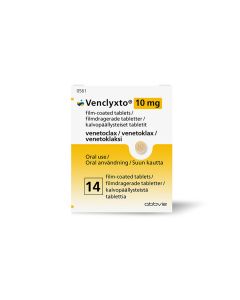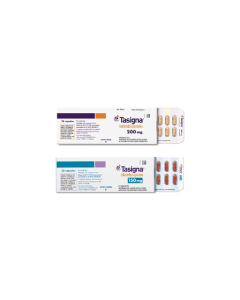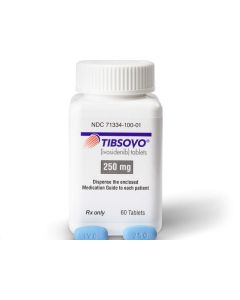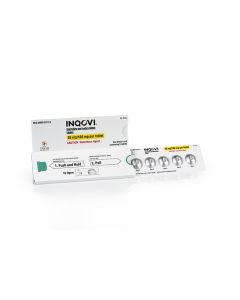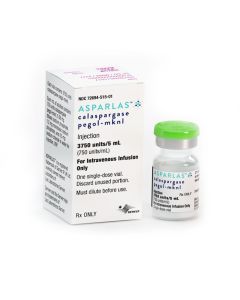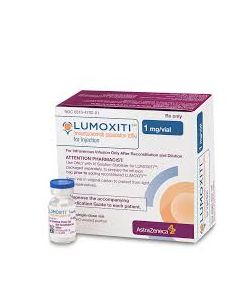Opțiuni de acces la leucemie
Leukemia is a type of blood cancer Leukemia is one of three main types of blood cancer, the other two being lymphoma and myeloma. Blood cancer is a type of cancer that affects the production and function of blood cells. There are several different types of blood cancer depending on the type of blood cell and how it is affected. Cancer often starts in the bone marrow where blood is produced from stem cells. Stem cells in the bone marrow mature and develop into three types of blood cells: red blood cells, white blood cells, or platelets. In most blood cancers, the normal blood cell development process is interrupted by the uncontrolled growth of an abnormal type of blood cell. These abnormal or cancerous... Read more » blood cells prevent the blood from performing many of its usual functions, like fighting off infections or preventing serious bleeding. The incidence varies per type of blood cancer, with some being very common and others being rather rare. With 386,000 new cases worldwide, non-Hodgkin Lymphoma was the 10th most common type among all cancers in 2012, followed by leukemia with 352,000 new cases. In 2012, multiple myeloma and Hodgkin Lymphoma were the 23rd and 25th most common cancers worldwide, with 114,000 and 66,000 new cases respectively. Leukemia affects white blood cells Leukemia is caused by the rapid production of abnormal white blood cells. These abnormal white blood cells are not able to fight infection and impair the ability of the bone marrow to produce red blood cells and platelets. Leukemia can be either acute or chronic and is classified as either lymphocytic or myelogenous, depending on whether it affects premature lymphocytes or premature red blood cells, white blood cells, and platelets. There are four broad classifications of leukemia: acute lymphocytic leukemia (ALL) (the most common form of childhood leukemia; acute myeloid leukemia (AML); chronic lymphocytic leukemia (CLL); and chronic myelogenous leukemia (CML). Leukemia occurs in both adults and children. Acute lymphocytic leukemia (ALL), also known as acute lymphoblastic leukemia or acute lymphoid leukemia, is a cancer of the lymphocytes, a type of white blood cells, the cells that constitute the immune system. It results from an overproduction of lymphoblasts (immature lymphocytes) in the bone marrow. In ALL leukemia cells usually invade the blood fairly quickly and they can then spread to other parts of the body. The term acute refers to the fact that this type of leukemia can progress quickly, the bone marrow cells cannot mature properly and immature lymphocytes continue to reproduce and accumulate. There are two main types of lymphocytes called B-cells and T-cells6. The majority of ALL cases are of B-cell origin but it can also arise from T-cell precursors. ALL is the most common cancer in children. Global incidence is about 3 per 100,000 population, with about 3 out of 4 cases occurring in children aged under 6 years. ALL effects 12% of all leukemia patients (but 80% of all child patients). The peak age of incidence occurs between the ages of 2–4, however, a smaller peak occurs in people aged over the age of 50. Chronic Lymphocytic Leukemia (CLL) is a slow-growing disease in which too many immature lymphocytes (white blood cells, which are cells of the immune system of the body) are found mostly in the blood and bone marrow. Sometimes in later stages of the disease cancer cells are found in the lymph nodes, known as small lymphocytic lymphoma. In the event of acute leukemia, the immature blood cells increase rapidly, while in chronic leukemia the cells develop in a more normal manner, resulting in the disease taking longer to set in. CLL is the most common form of leukemia in the Western world but is significantly less frequent in Asia. The disease is highly heterogeneous: some patients may never require therapy while others can progress rapidly and require therapy shortly after presentation. It is estimated that in 2016 there will be 18,960 new cases of chronic lymphocytic leukemia and 4,660 deaths. Acute myeloid leukemia, also called acute myelocytic leukemia, acute myelogenous leukemia, acute granulocytic leukemia, and acute non-lymphocytic leukemia is a type of leukemia that starts in the blood marrow and in most cases, quickly moves into the blood. AML is an aggressive cancer that affects the type of white blood cells called myeloid cells. In AML too many immature white blood cells are produced. These are known as blast cells. Besides not having the infection-fighting properties of healthy blood cells, an overproduction of blast cells decreases the number of other important blood particles like red blood cells and platelets. Chronic Myeloid Leukemia, similarly to AML, affects the myeloid cells resulting in an overproduction of immature white blood cells. Differently from AML which develops rapidly, CML progresses slowly over many years. It is most common in adults around 60 years but it can develop at any age.




